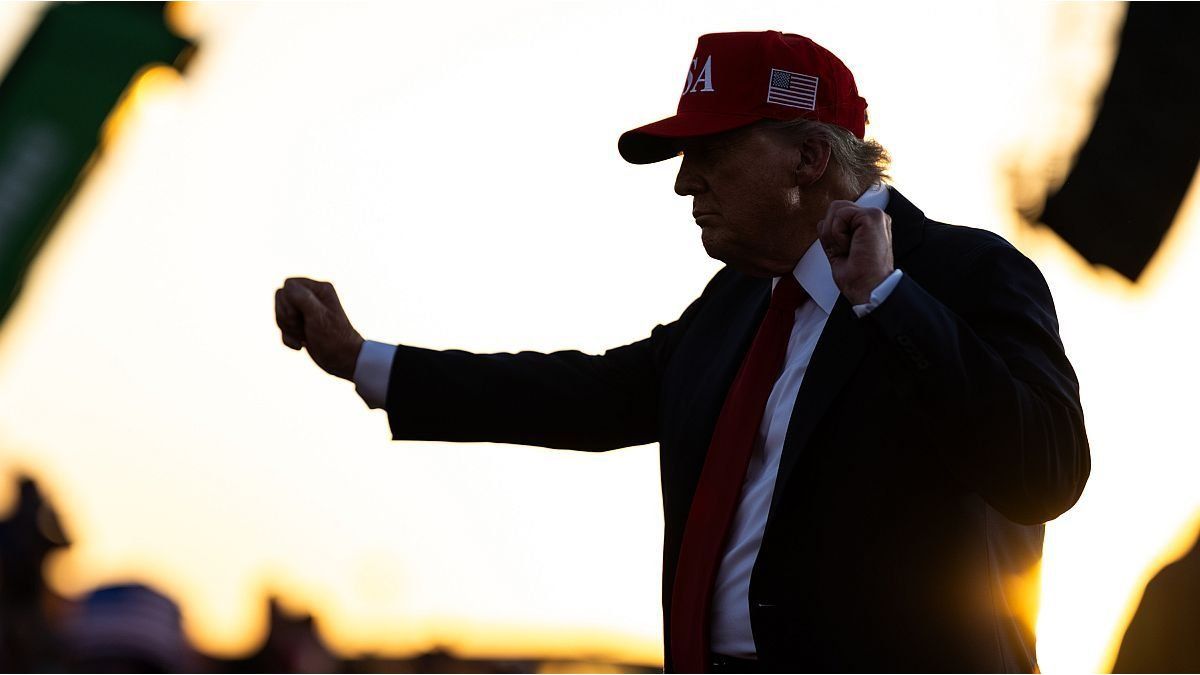The WKStA names the “central person” Sebastian Kurz: “All acts of crime” were committed “primarily in his interest”. “The ‘Ballhausplatz’ project, which had been planned for a long time, was tailor-made for him and everyone involved in the planning and implementation had to subordinate themselves to the ‘overriding goal’ – to lead him to the position of party chairman and, subsequently, of the Federal Chancellor.”
As Secretary General in the Ministry of Finance (BMF) Thomas Schmid “The key person”, as he “was able to place advertisement orders by way of the BMF as well as invoicing covertly via the funded studies” … Schmid was thus “the essential hub for planning, implementation and coordination between the accused”.
That there are agreements between Schmid and Helmuth and Wolfgang Fellner about the content of publications and their timing is shown according to the WKStA in several chat messages (“Dear Fellners, it was agreed …”)
As Kurz’s “most important strategic advisor” Stefan Steiner (Picture) “probably a key figure”. In the election campaign phase, for example, surveys were “regularly coordinated” with him. Chancellor Spokesman Johannes Frischmann was “involved in the planning and implementation of the agreement with the Fellner brothers from the start”. Gerald Fleischmann was involved “especially in the election campaign phase” together with Steiner “in commissioning the issues and managing the relevant publications”.
Sophie Karmasin was “approached by Schmid and later persuaded by Kurz”, was already involved in the first planning of the so-called “Beinschab Österreich Tool”. Karmasin’s longtime confidante Sabine leg scraper was “ideally suited for the implementation of the crime plan”, according to the WKStA.




